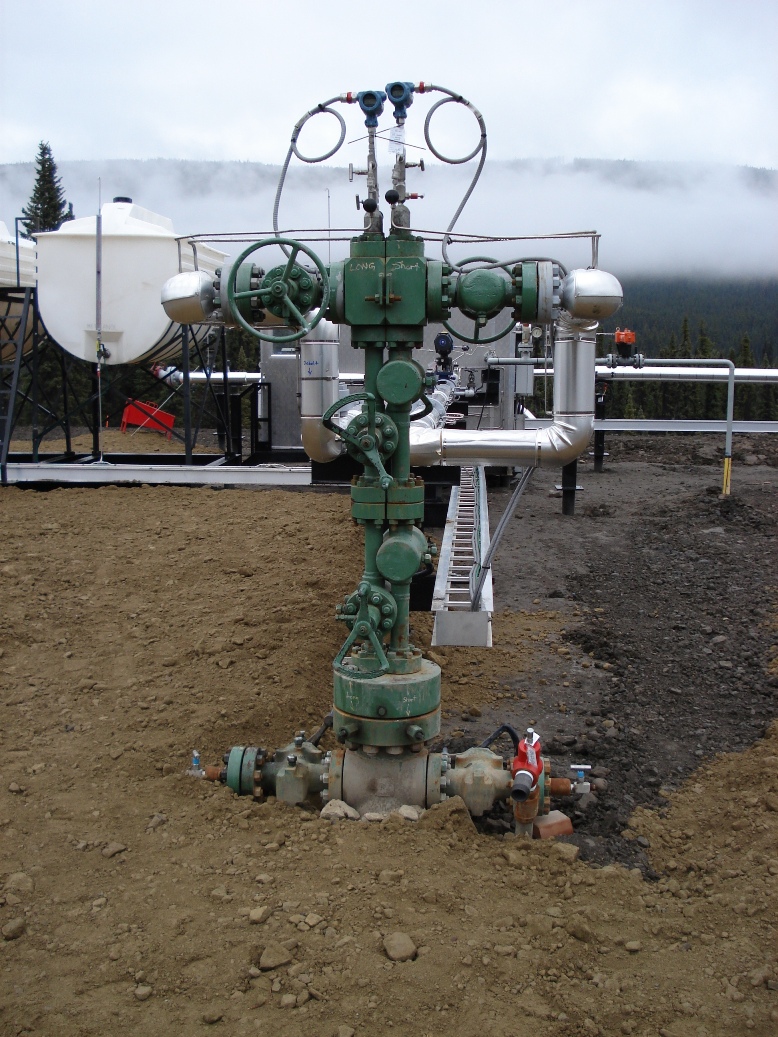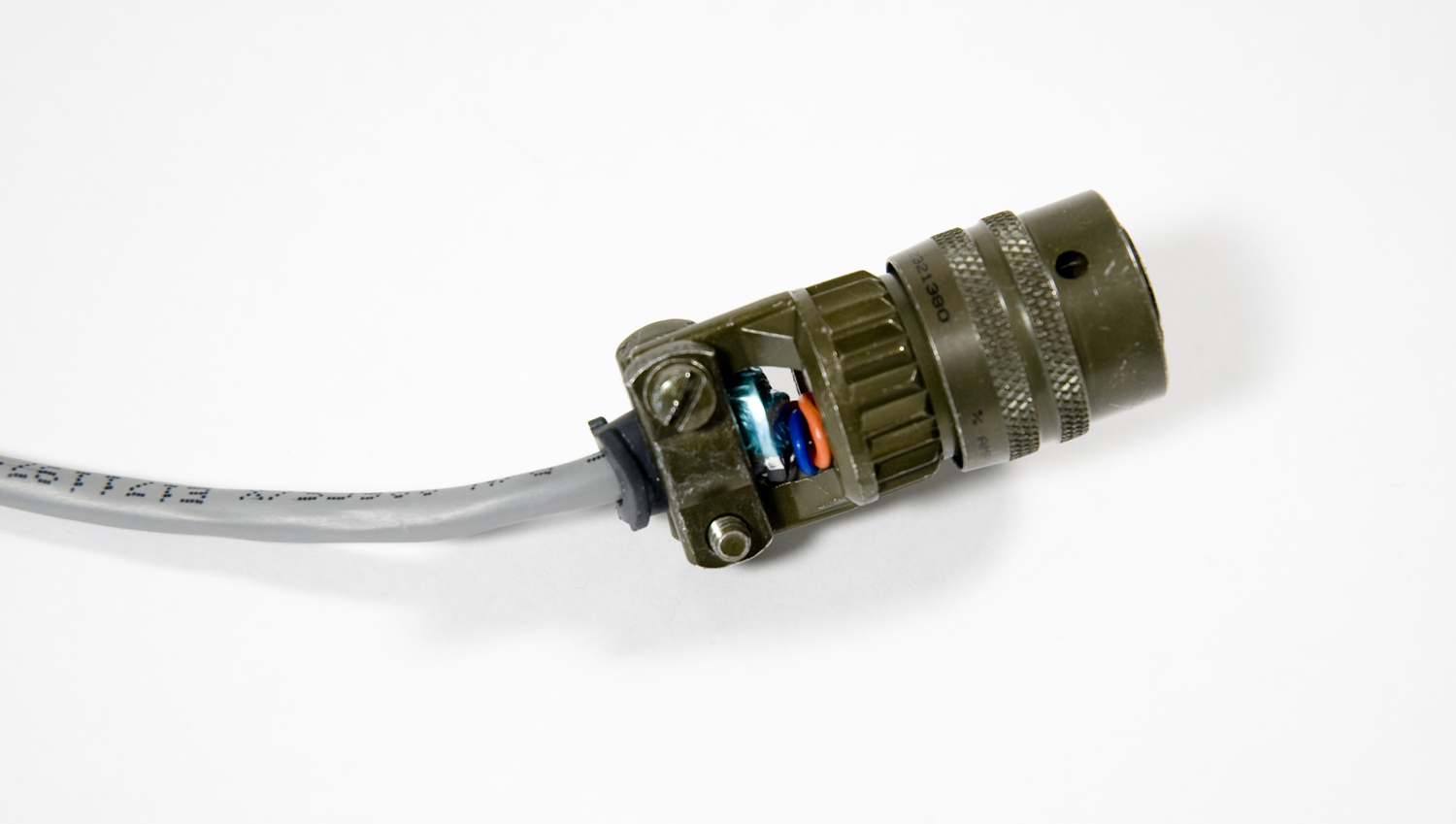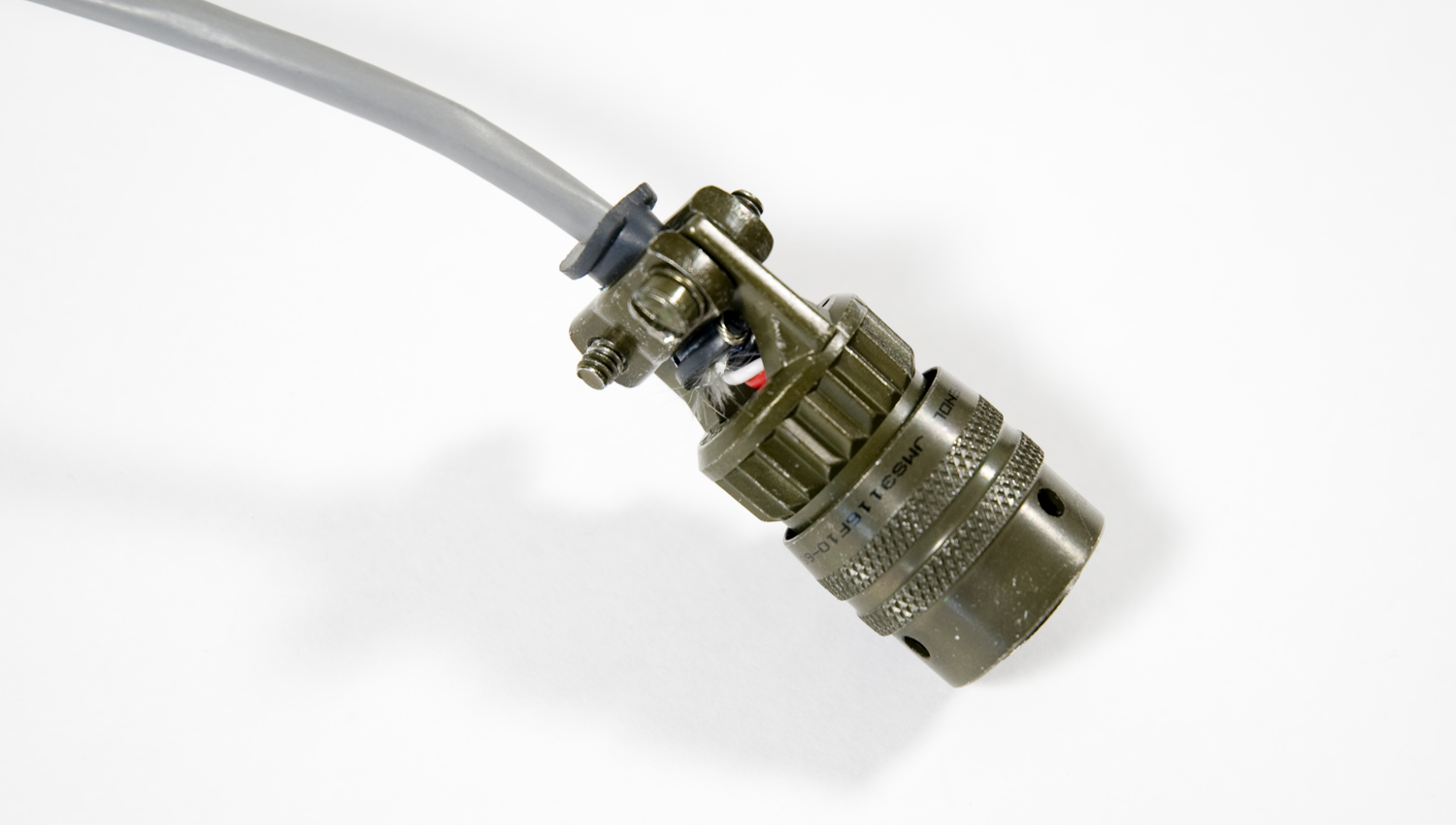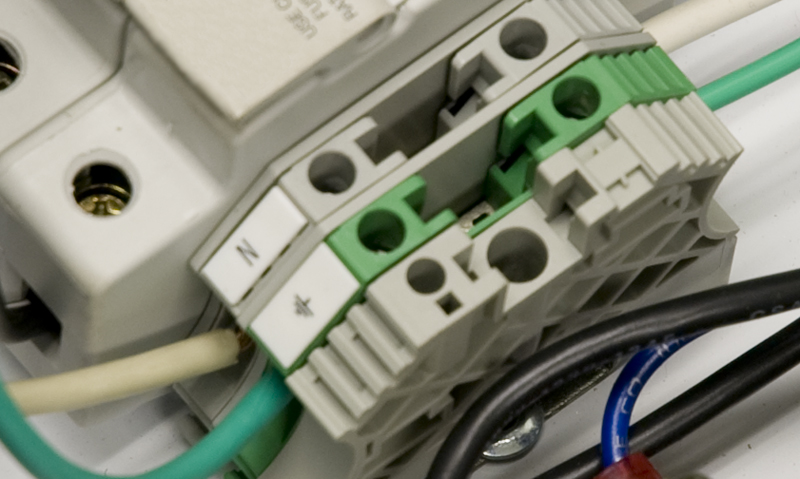Proper shielding and grounding are critical to successful operation.
Environments with a lot of electrical magnetic interference (EMI) and/or the potential of power surges, such as those that exist in the oil and gas industry, require special consideration when defining a grounding method. EMI from motors, pumps and wireless communication can all cause unprotected instrumentation to perform outside their specified parameters. Power surges, in particular, can cause irreparable damage to equipment.
These problems can be caused or magnified by improperly grounded wires. The ground wire should drain away the EMI and power surges that could otherwise impair or damage sensitive equipment. When connections to ground are poor or when ground loops are created, performance issues will occur independent of any EMI or surge effect.
The solution is a proper grounding method that includes cable shielding to protect the signal from EMI. A few rules must be followed to ensure proper implementation. However, these rules can sometimes be confusing for end users dealing with pressure transducers in the oil and gas field. While the exact implementation of the protection used will vary from application to application, the method remains the same.

Pipelines and wellheads are often grounded in the oil & gas industry, making the case ground unavoidable.
Ground Connection Points
Three connection points must always be considered; the mounting, the sensor connection and the wiring panel. Each has a fundamental influence on the level of EMI and surge protection of a system. Before proceeding, these connection points should be defined.

The blue shield foil can be seen here, tucked under the cable connector. This is important to properly shield the cable from electrical noise.
- Sensor Mount—This connection point is the process connection interface where the sensor is mounted. It includes the sensor mounting and any fittings or connection points used to install the sensor into its operating location. This could involve multiple connection points, but they will all be discussed in this article as if they were one point. Pressurized pipes that service the oil and gas industry are almost always grounded, as they typically go underground quickly. However, depending on the location (such as ice fields) this is not always the case. This connection to ground becomes the primary or most important connection point to consider because it is closest to the transducer. It is where to start. Everything else depends on this. For the purpose of this article, it is presumed that this connection point is grounded.
- Sensor Connection—The sensor connection is the point at which the sensor is connected to the wiring cable. If the sensor has a cable connector on it, then it is this point. If the sensor has a cable coming directly out of it, then this connection is inside the sensor itself.
- Wiring Panel—The wiring panel connection point includes every wiring junction and terminal strip that is present after the sensor connection up to the instrumentation that will be reading the output of the sensor. It is standard for these connection points to have a grounded terminal to connect, shield and/or drain wires.
The interactions between these three connections determine if the system is properly protected. Ideally, all three connections will be grounded and have the same ground path. If they do, then there should be no problems. This is, of course, assuming that the sensor itself has been designed to handle EMI and surge.
The Problems
Problems arise for end users when the connection points are not all grounded or do not all have the same path to ground. This is where it can get confusing.
Shielding
It is assumed that all cabling is shielded with either a braided or foil shield surrounding the bundle of wires inside the cable. A single drain wire running through the wire bundle will be insufficient if there is no shielding in the cable.
The drain or ground wire typically runs next to the shield and can be used as a connection point to the cable shielding. The shielding protects the wires inside from being exposed to EMI from radiated noise. Radiated noise is generated from any wireless electronic device.
EMI from radiated noise will be nearly impossible to block without a shielded cable. The noise will be induced onto the wires and run right into the sensor or instrumentation. The only way to avoid this is to always use shielded cable.

The ground wire inside the cable is pulled out and tucked under the cable connection. This connects the ground to the sensor.
Ground Loops
If the ground terminal has the same electrical potential as the mounting connection point, then end users should not have any problems. This can be verified using a volt or current meter. If, however, voltage or current flows between the ground of the shielded cable and the ground terminal, this will result in a ground loop.
Ground loops have the same affect as placing a battery between ground points. It can damage the transducer, and depending on the application environment, electrolysis can take effect. Worse, the EMI and surge protection could be significantly impaired.
If this happens, end users should not panic. They can do some things to avoid the problem. In principle, one of the ground connection points must be disconnected. This seems counter intuitive to some because if there is a ground wire and a place to connect it, our natural inclination is to connect the wire. However, this ground loop must be broken.
Remember, if the other two points are grounded, then so is the third. It is just grounded in a different location. By disconnecting one of the contact points, a ground loop is prevented.
Presuming that the transducer mount is grounded, only two ground points could be broken. First, end users can break the ground contact between the transducer case and the cable shield. Or end users can break the contact between the cable ground and the ground terminal of the wiring panel.

The green ground wire is seen here inside the wiring panel.
If the cable shield is tied to the transducer case, the easiest method is to simply not connect the cable shield to the ground terminal of the wiring box. Many end users have a hard time with the idea of a floating wire, particularly a ground. Just keep in mind that it is actually grounded, just on the other end. Some end users choose to cut the ground wire off the cable or tape it down. Either of these is an acceptable option.
If the transducer case and cable shield grounds are disconnected, then the cable shield should be tied to the terminal ground in the wiring panel. If neither of these is connected to a ground, then the cable shield will be “floating” and offer no protection at all against EMI. A floating cable shield is a great way to create noisy signals and have many problems.
In summary, an easy way to remember this is that if the ground points have a different electrical potential, then any one of the three connection points should not be connected to ground. It does not matter which. Any will work. Disconnecting more than one or connecting all three will jeopardize the EMI and surge protection of the system. If the ground points have the same potential, then all three connection points should be tied to ground.
The Importance of a Shielded Cable
Always use a shielded cable. Ensure that the shield is properly connected, or the signal will be prone to electrical noise. Shielding and grounding go hand-in-hand and provide good protection from EMI and electrical surges when properly implemented.
Pumps & Systems, April 2012

